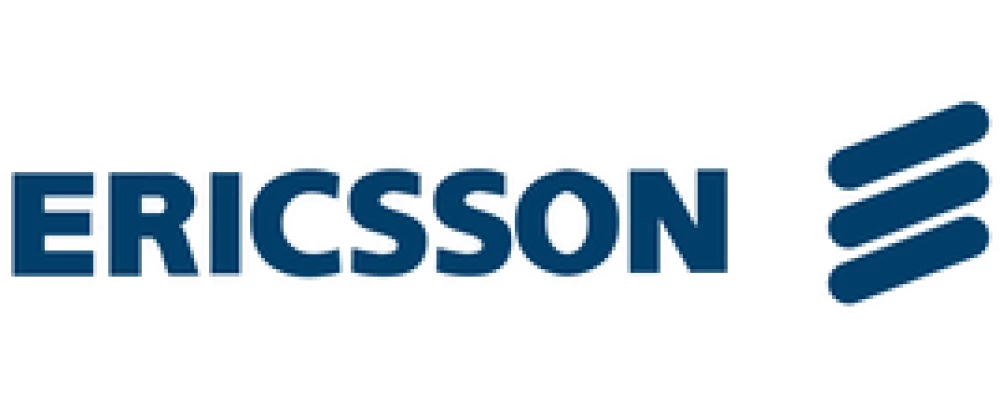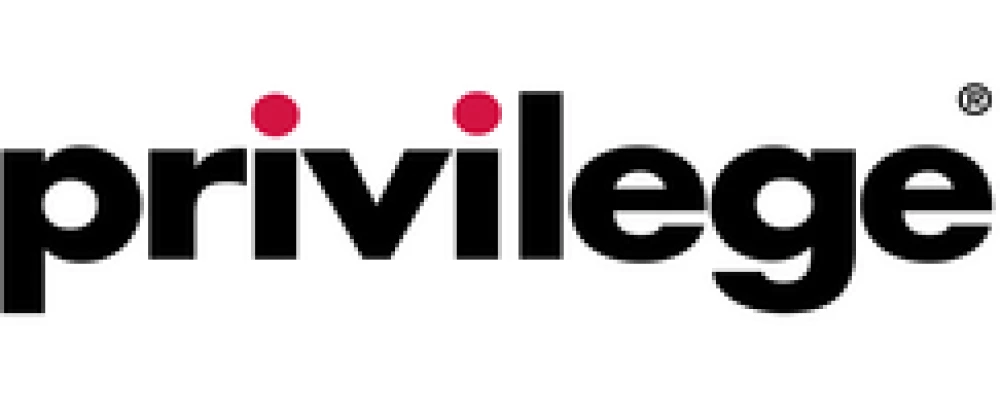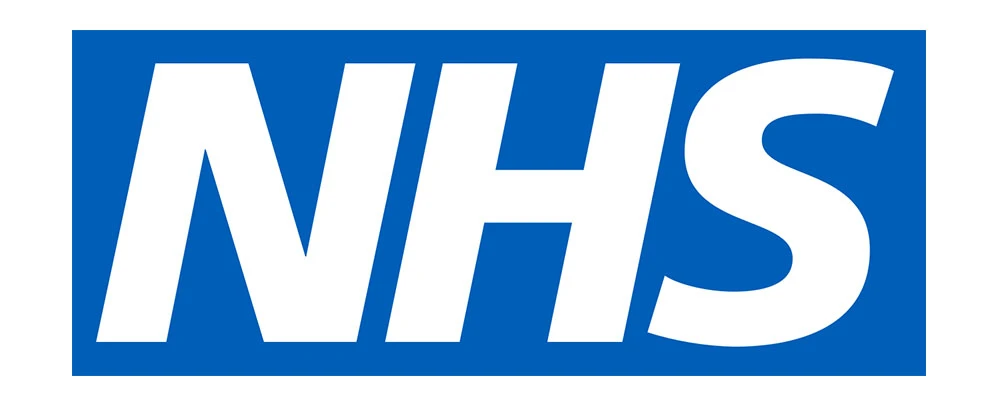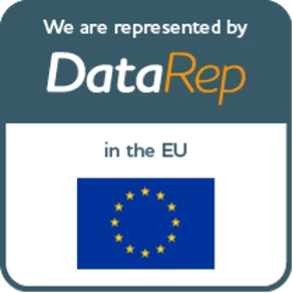Table of Contents
Introduction
Ad campaigns are costly – UK brands are forecast to spend £35.4bn on advertising in 2022 – so it’s crucial to understand how well they are performing. Most of us don’t have budgets in the billions; we need to make sure we maximise the return on our investment. For any campaign, it is essential to understand the following:
- Have you got the media mix right?
- Are you hitting your target audience?
- Are your ads cutting through?
- What messages do the audience take out?
- What impact is this campaign having on your brand?
Ad Campaign measurement research answers all these questions and ensures you are getting the best value, not only from your ad spend but also from the work and effort that you, your team and your agencies have put into it. It can also pick up on when an ad is being poorly received and potentially damaging your brand.
So, if you want your campaign to be received with the joy and excitement afforded to the John Lewis Christmas ads and not with the embarrassment that Pepsi faced with the Kendall Jenner disaster, read on.
What is Ad campaign measurement research?
Ad campaign measurement research is also known as ad tracking or ad testing research. The goal is to track ads during the time that the campaign is live so that you can understand the impact it is having on the market. Ad tracking should be conducted across all the media channels where your ads appear, which can also help you to establish the effectiveness of one channel versus another.
Most advertising tracking research also uses a pre-campaign wave as a benchmark. This is particularly important when you are looking at the impact of the campaign on your brand – how can you know whether metrics such as brand awareness have changed if you don’t conduct research before it is launched?
Why conduct Ad campaign measurement research?
The overarching reason to conduct campaign measurement research is to understand the efficacy of your approach. Within this, there are a range of specific evaluation goals. You may want to assess how different creative executions within the same ad campaign are cutting through, to explore the mix of media channels and see which are most effective or to see whether you are reaching your desired target audience.
For example, if you are targeting young mums but find that the people who are most likely to remember seeing the ad are men in their 60s, who aren’t so likely to be buyers of the mother-and-baby yoga products you are selling, you know that there is a problem.
Alternatively, you may find that one execution is widely remembered but the messaging isn’t cutting through effectively, whereas another is communicating clearly but is less well remembered.
Once you have identified these types of issues, you can start to diagnose the problem. Are you on the right websites for young mums? Or is your messaging confusing? Is there an issue with relevance? What about images – does the ad with the dog do better than the one with the cat?
Over time you can start to build up a library of insight about what works and what doesn’t for your audiences and your brand, making future campaigns more likely to be successful.
Depending on the length and volume of your campaign, as well as using ad-tracking research to learn for future ad campaigns, you can also diagnose and fix underperformance while the campaign is live. In particular, if your advertising is largely digital, it is much easier to alter the content of ad executions or adjust the media while the ads are live.
How to conduct Ad campaign measurement research
Campaign measurement research is typically conducted via online surveys – the most cost-effective method for larger-scale quantitative research. The online medium offers many different options to provide your participants with stimulus materials that enable them to experience the ads that you are testing; you can ask survey respondents to play audio clips to simulate radio advertising, show them video clips of TV ads, or still images from magazine, outdoor or online advertising.
Before showing or playing the stimulus, you can ask unprompted questions about the brand and about advertising recall to see how well the ads are cutting through without the memory jog of seeing or hearing them.
You can choose whether to conduct the research purely about the campaign itself or to put ad tracking questions into a brand tracking study. In the latter case, you can conduct a more granular analysis, including metrics such as the NPS, to look at the relationship between the campaign and how it is received by target customers.
What is most important about your ad tracking methodology is that it must fit with your objectives for the campaign – you must be sampling the right audience, asking the right questions and timing the research correctly – ideally before and during the campaign, as discussed earlier. You can also conduct research after the campaign has finished to see how well it has been recalled and whether there has been a lasting impact on brand equity.
Five key considerations
- Develop a clear definition of success. How will you know if the campaign has been successful unless you know what success looks like? The definition of success should be linked to your campaign objectives. If the campaign is intended to raise awareness of your brand or of a particular product or service, the measurement of success will be very different from a campaign intended to increase sales or promote a specific offer.
- Avoid hothousing. By ‘hothousing’ we mean giving the survey participant an unrealistically intense exposure to your ad. In real life, people don’t pay very much attention to ads, but all surveys are artificial situations and your participants are inevitably directed to look at the ads in more detail than normal. There is a lot you can do with survey design to combat this and make the experience a little closer to real life, such as hiding the ad amongst other ads and content, using limited time exposure or using timed responses to target System 1 automatic responses.
- Take media spend into account. A low-spend campaign is unlikely to perform as well as a high-spend campaign, regardless of how good the creative idea or execution. This is particularly important to remember as you start to build up a library of campaign research so you can learn for the future – if you don’t know the spend, you can’t effectively evaluate the performance and calibrate your benchmarks.
- Consider ‘always on’ reporting. If your goal is to tweak the campaign while it is live, it is helpful to be able to access ‘always-on’ results via a dashboard of key metrics as the research unfolds. This is also helpful over the course of a longer campaign as you would hope that recall and positive impact would build over time as there are more opportunities to see the ad, and the messages are reinforced through repetition.
- Look for a flexible approach, not a ‘black box’. There are advantages to standardising your ad-tracking research. In particular, the ability to compare one campaign with another is particularly valuable. However, you must be able to customise the research design to fit your objectives – timing, KPI metrics, success metrics, additional brand questions, target audience etc. A flexible approach to campaign measurement research will enable you to keep some standardised questions whilst ensuring that the survey design is right for that particular ad campaign.
A last word on Ad Campaign Measurement
Overall, we would always advise you to build in the research phase to the planning of any ad campaign. Too often, research is an afterthought but if measurement is built in at the beginning you will be in a strong position to maximise your investment and ensure your campaign is a success – whatever that success looks like. This can be especially important for measuring digital ad performance.
If your ad campaigns are not as successful as you hoped then it might be worth going back to the drawing board and rethinking your customer segmentation, or assessing the overall health of your brand via brand tracking. For more information or to talk to one of our ad tracking experts about your campaign measurement get in touch today.














